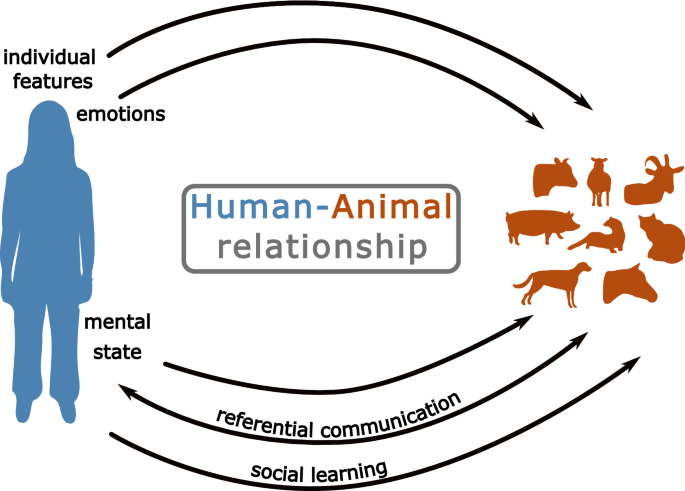Background
Aims
In the captive environment, a positive human-animal relationship is crucial to an animal’s welfare.

Domesticated species possess certain cognitive abilities that allow them to thrive in an environment with regular human interaction. For example:
Contact-seeking: Dogs (but not wolves) will look to a human when presented with an impossible task.
Social referencing: Horses can obtain information by observing a familiar human’s behavior.
Social buffering: Dogs have a reduced stress response to shelter housing when they receive some form of human interaction.
However, despite being the most abundant domesticated animal on the planet, the way that chickens interact with humans has received very little scientific attention as of yet.
- To begin describing the human-chicken relationship
- Investigate several interspecific socio-cognitive abilities that have been described previously in other domesticated species
- To assess the effect of domestication on human-animal interactions
- Compare the behavior of the domesticated breed and the ancestral breed
- Compare the behavior of two breeds that have been divergently bred for high and low fear of humans